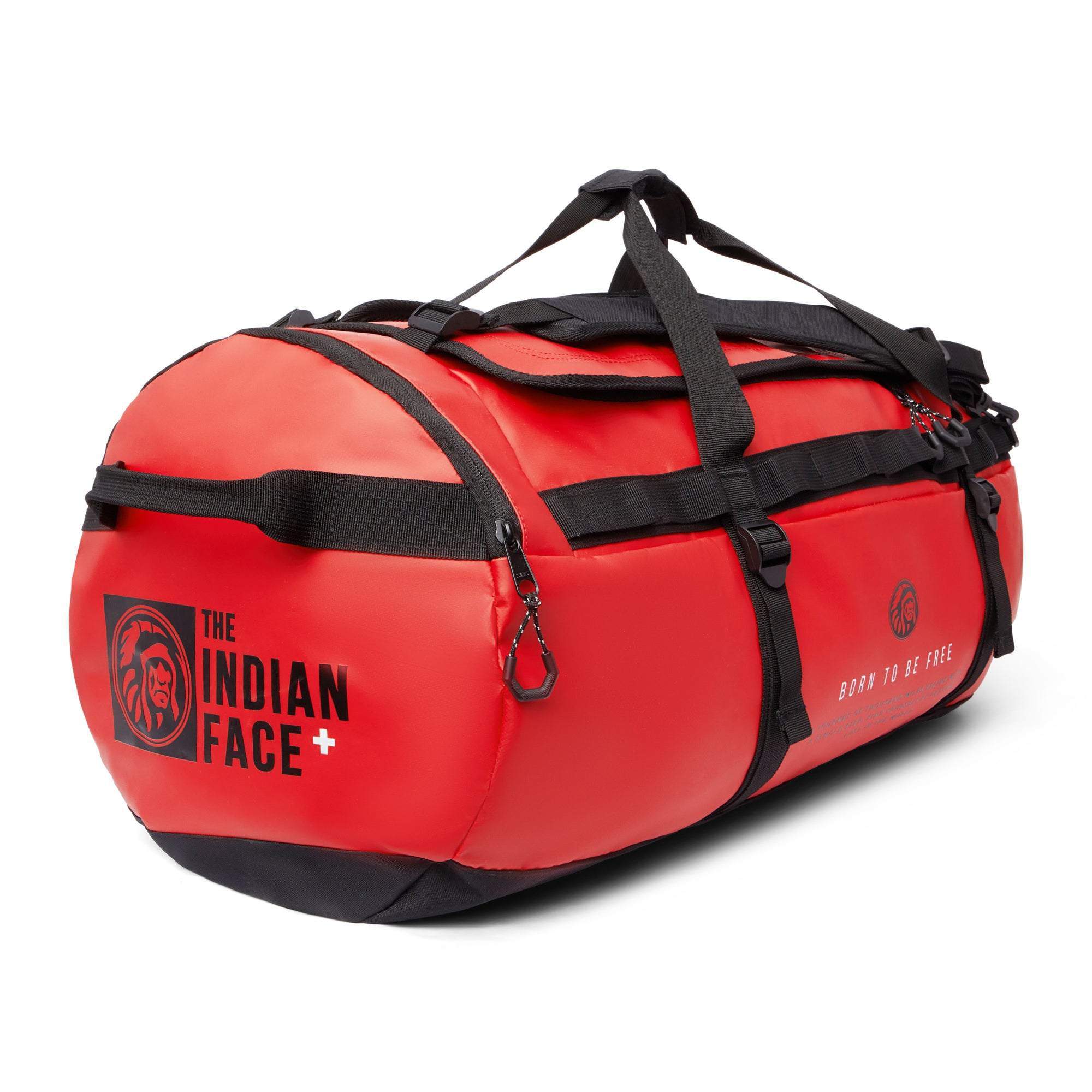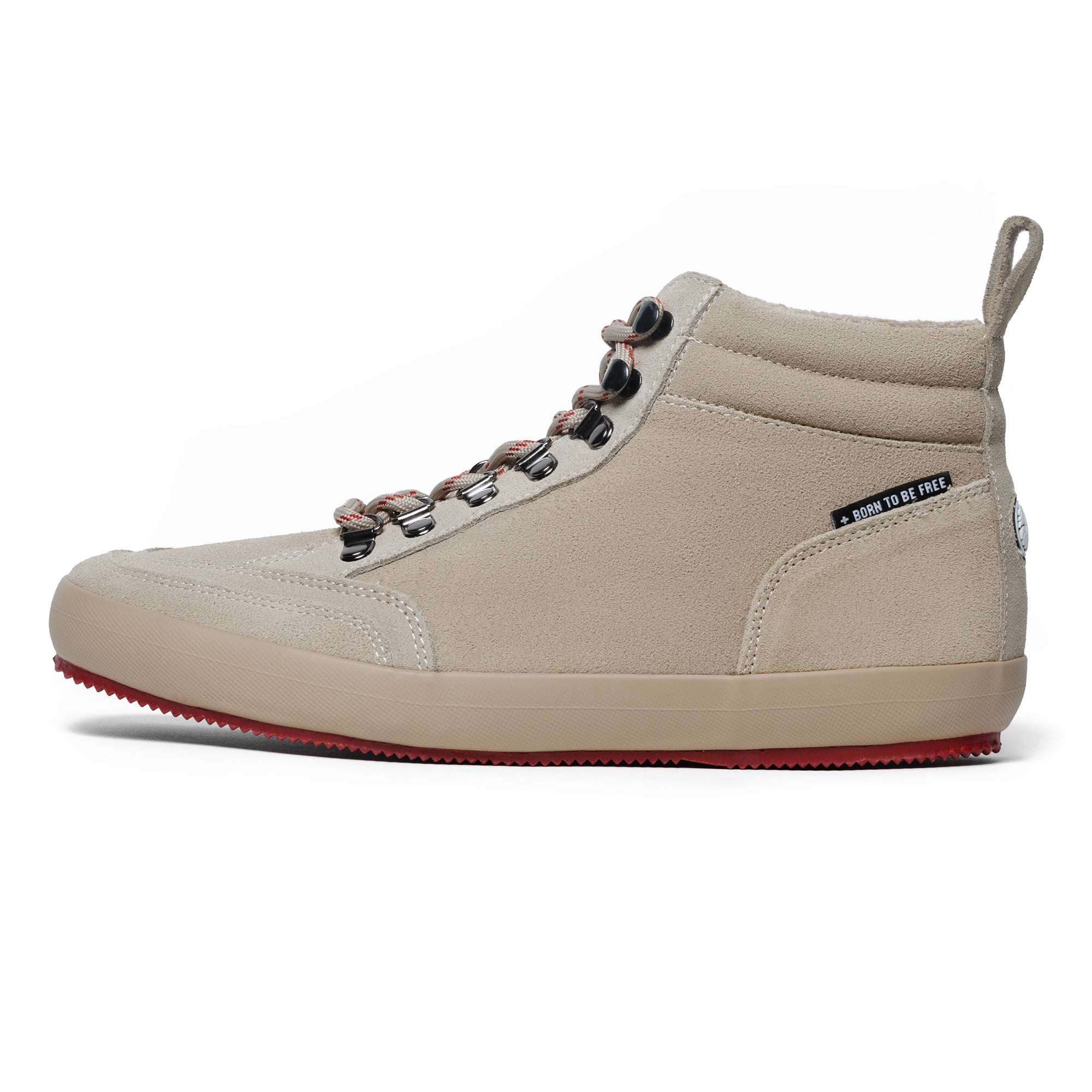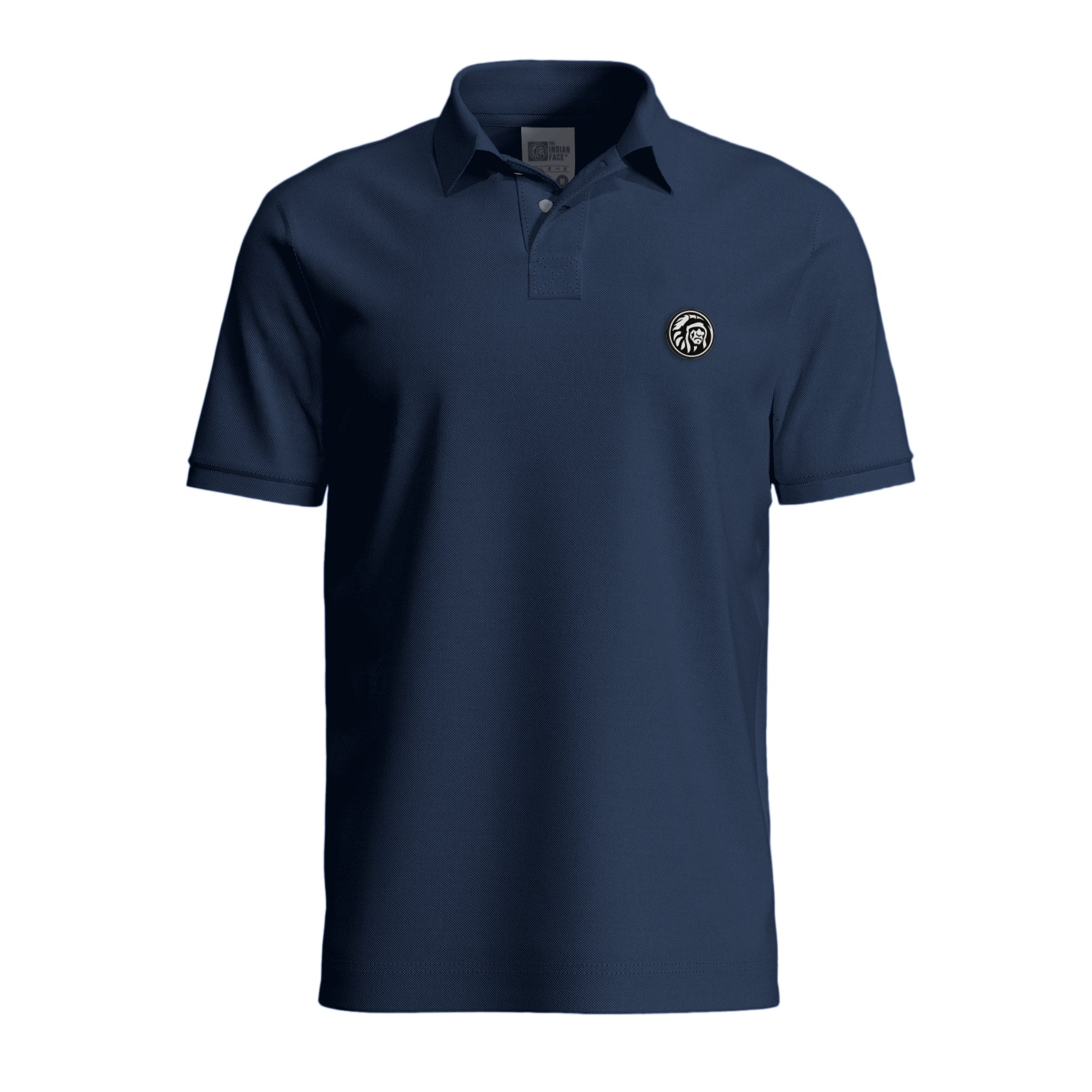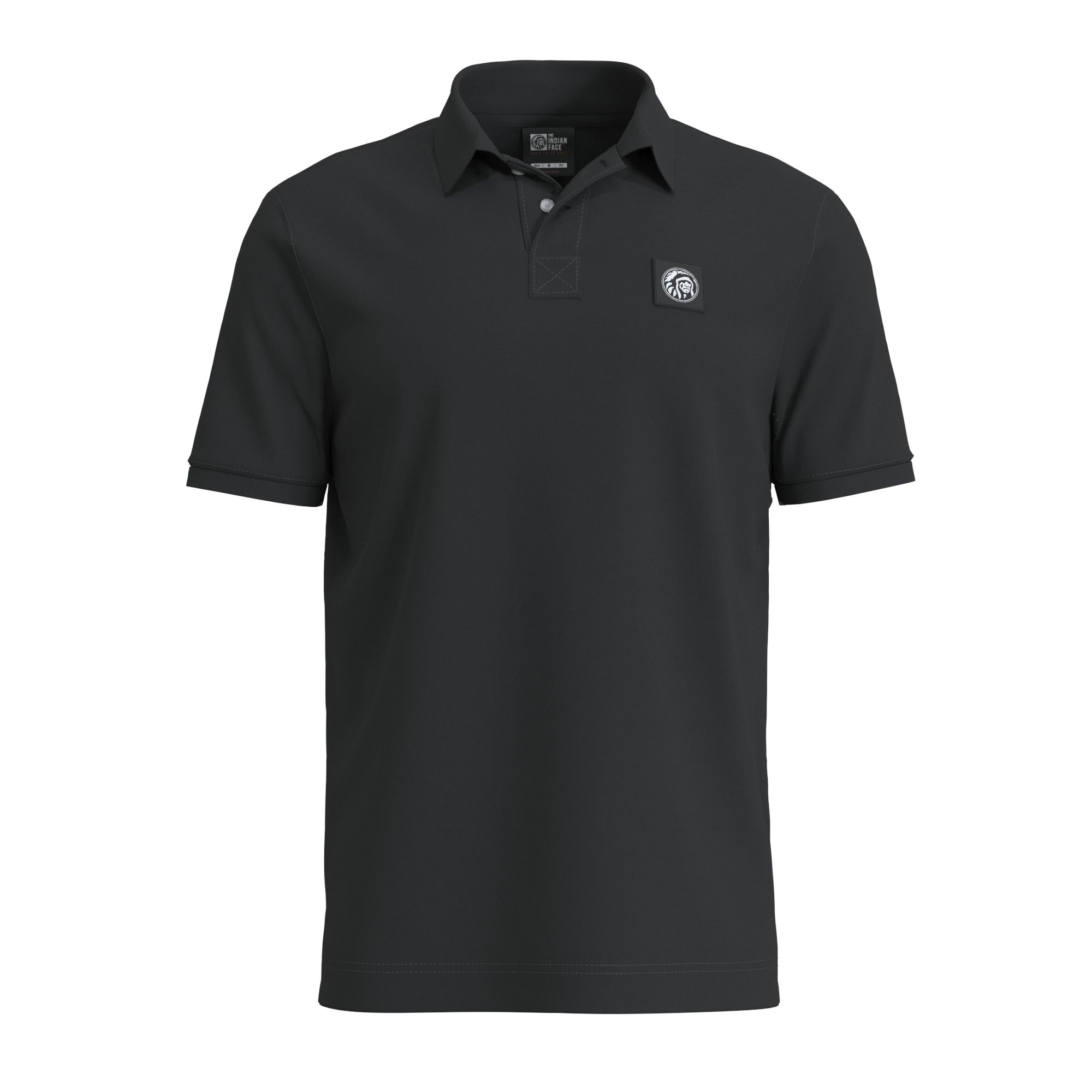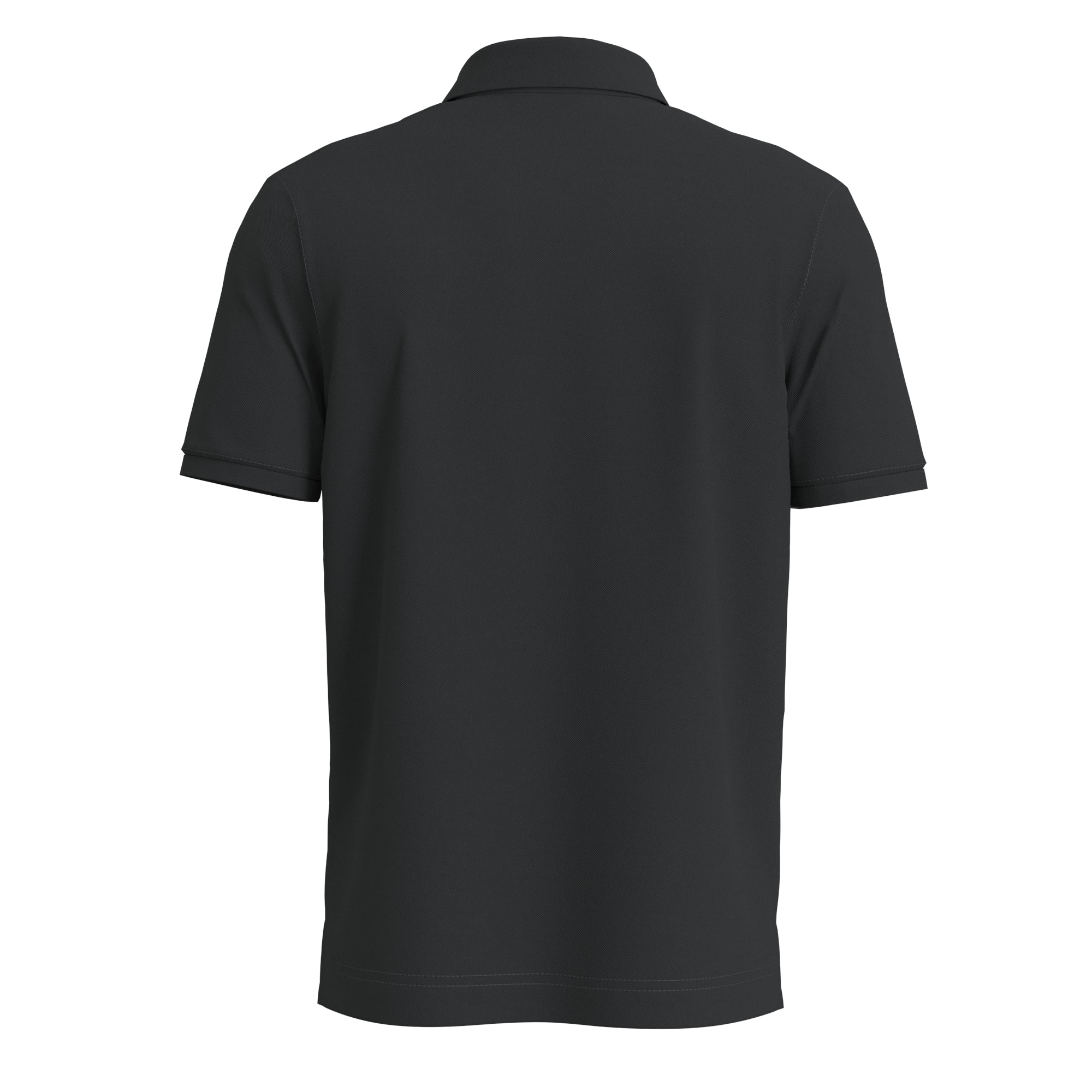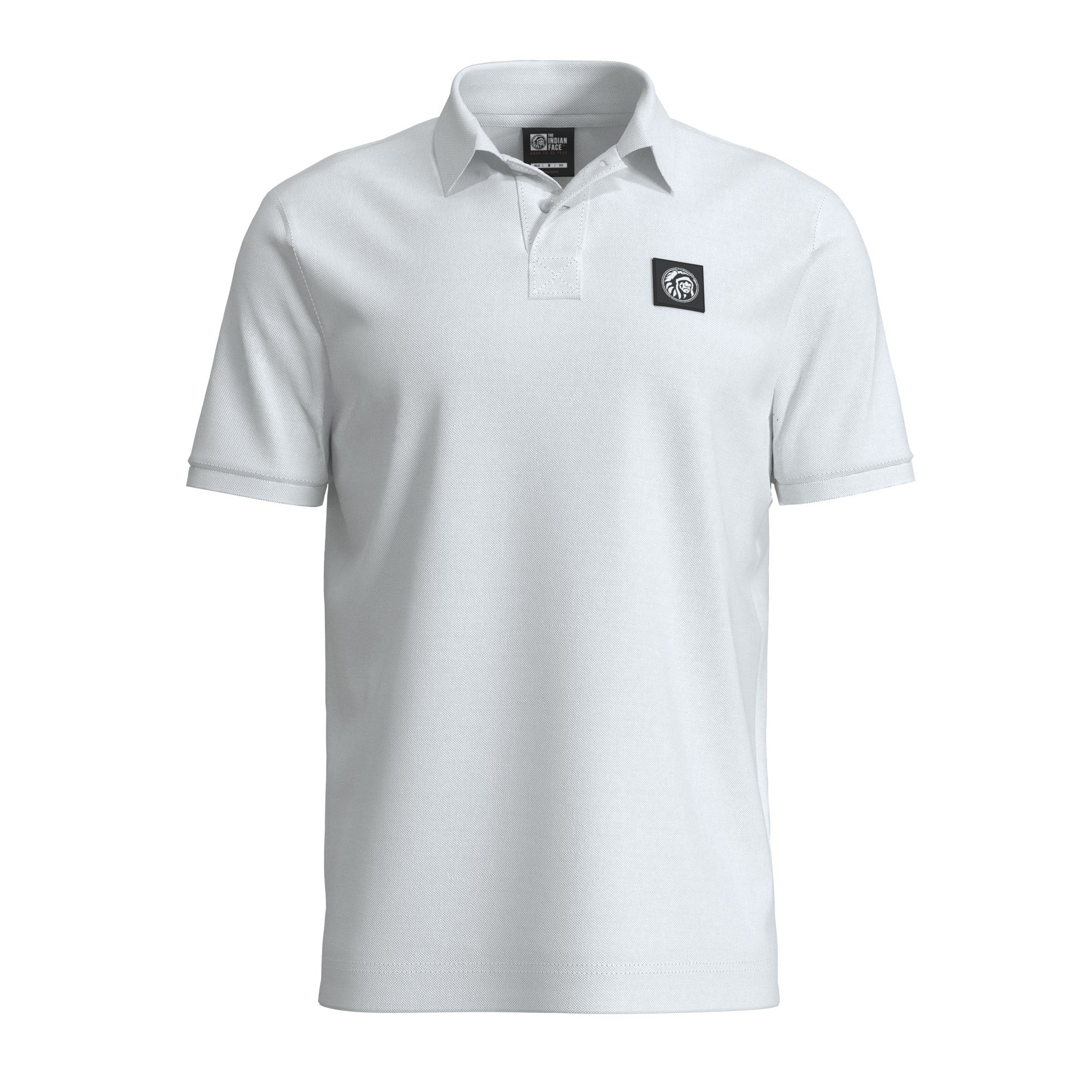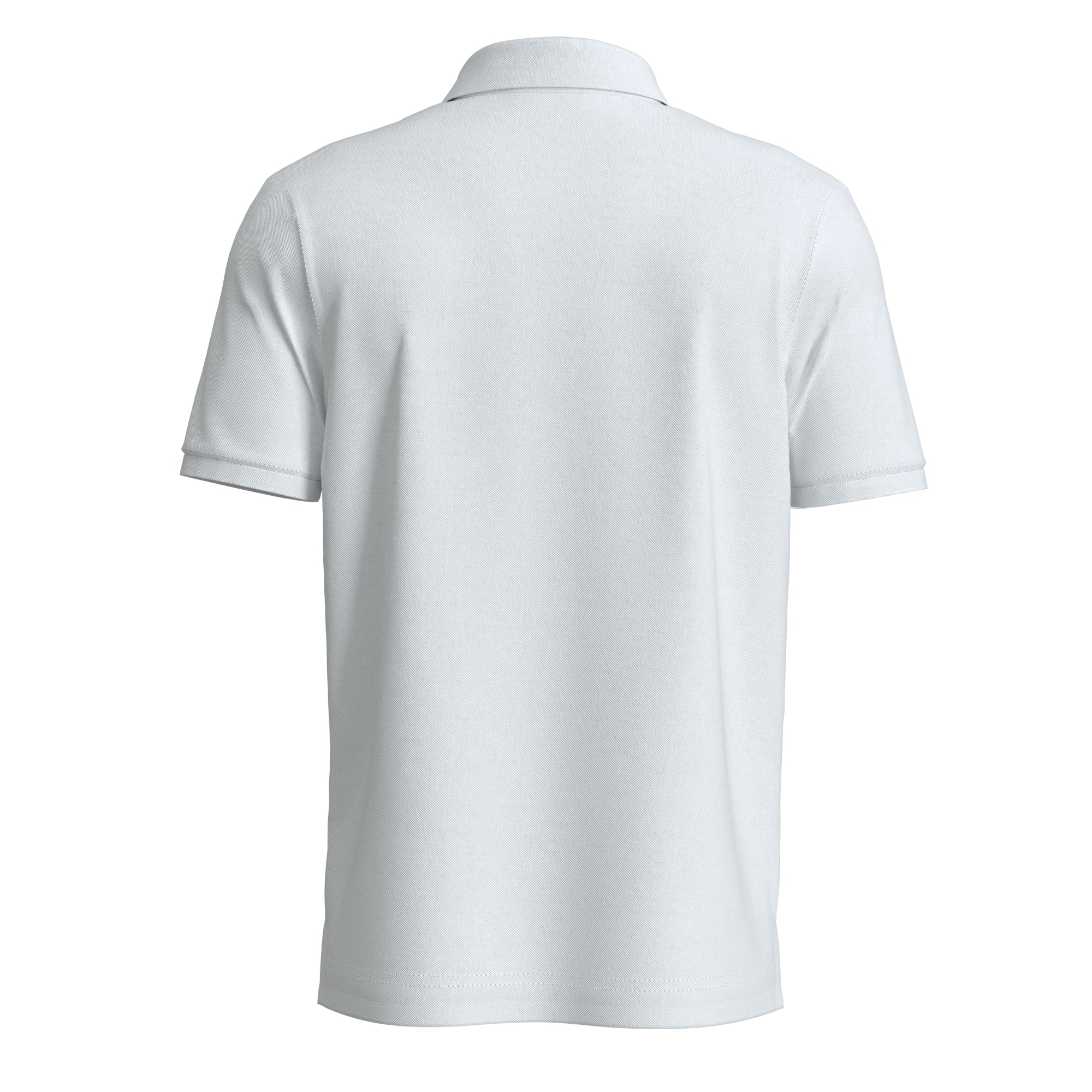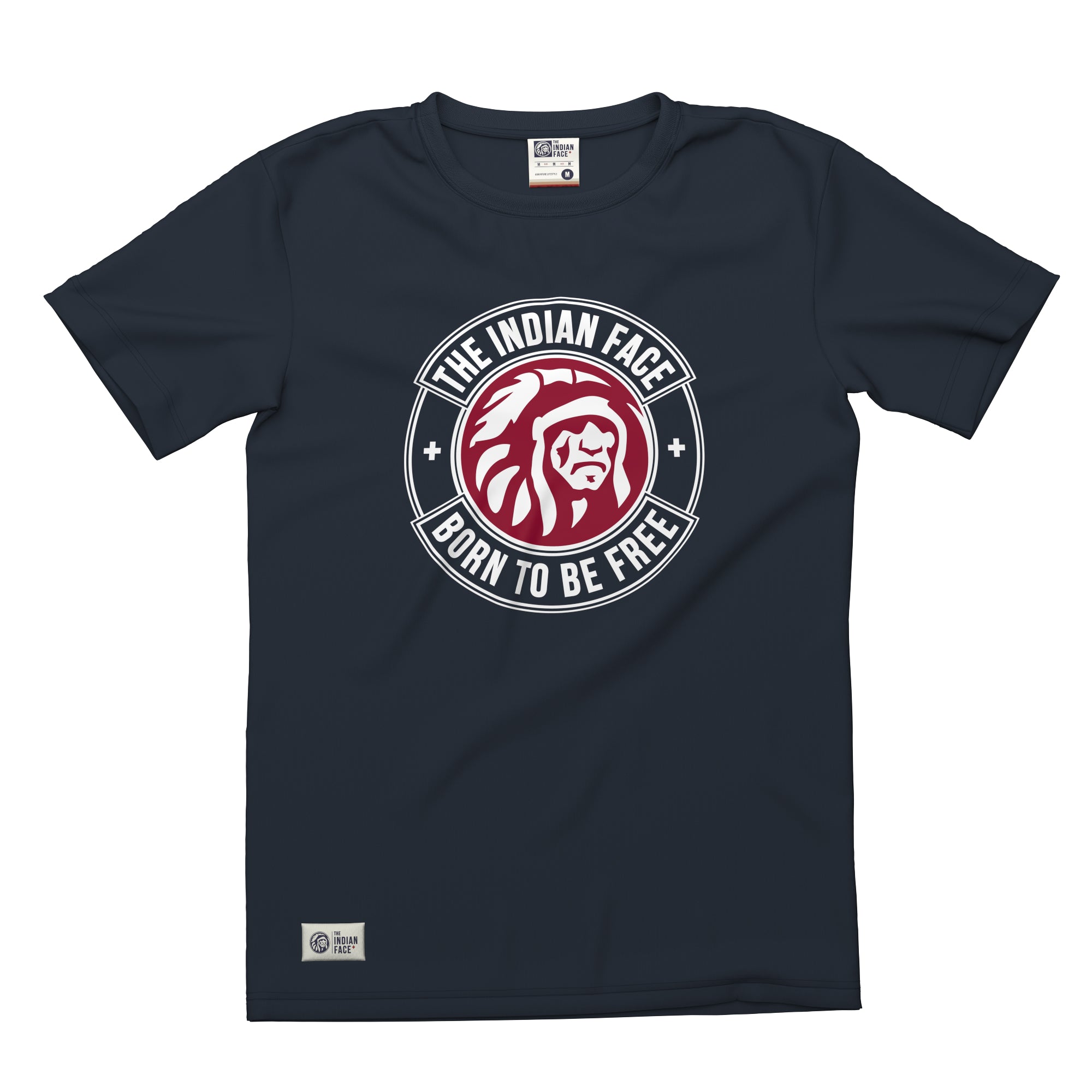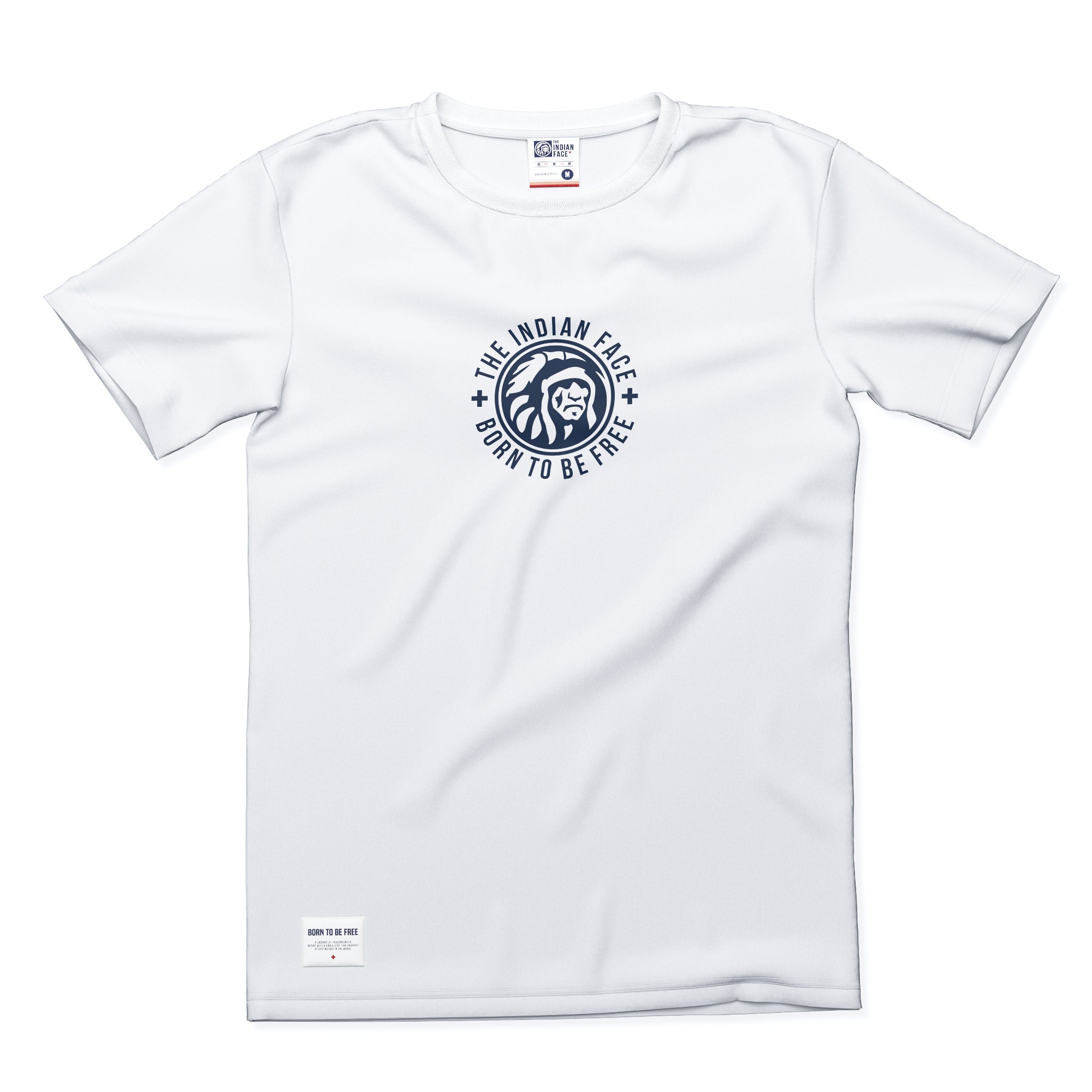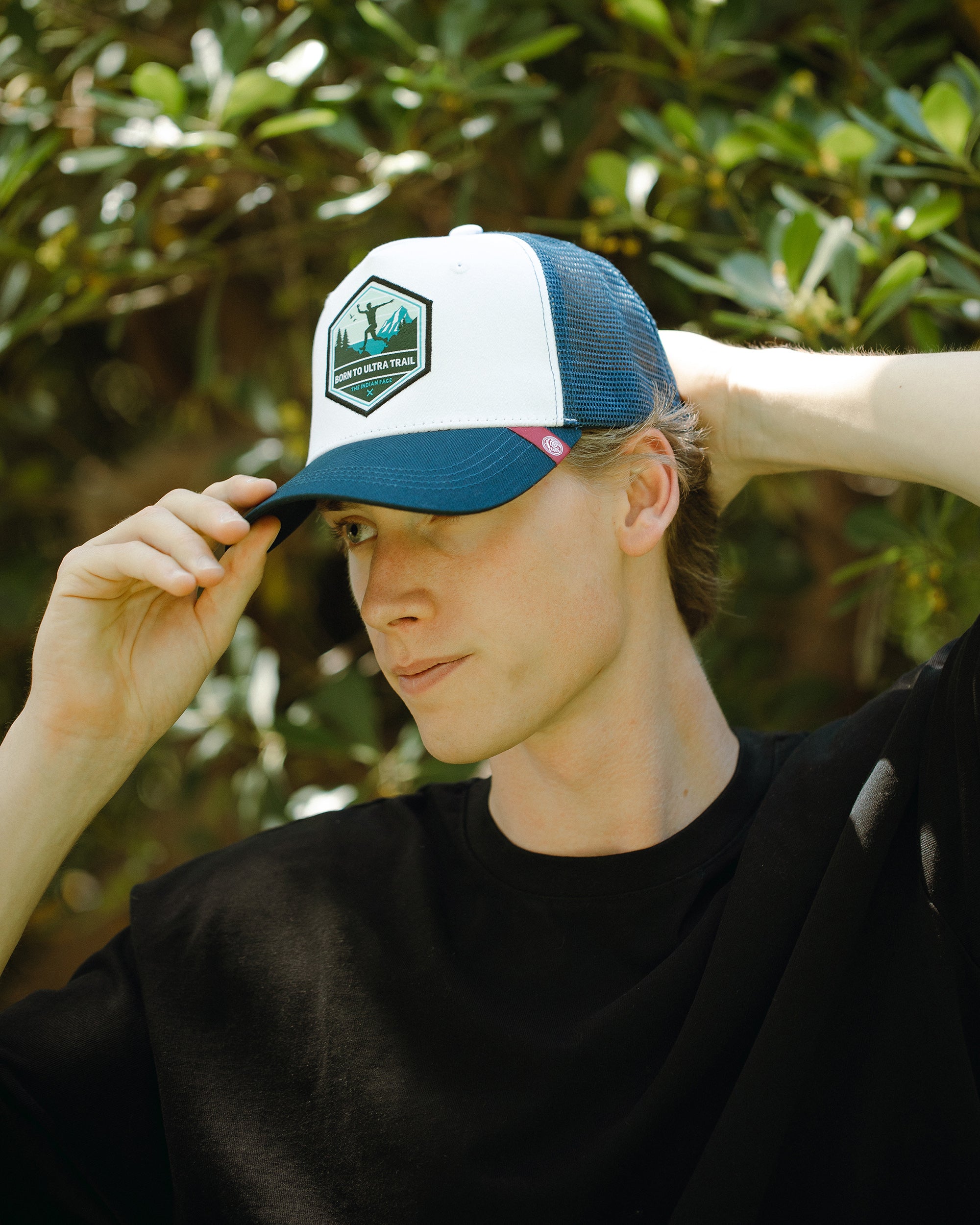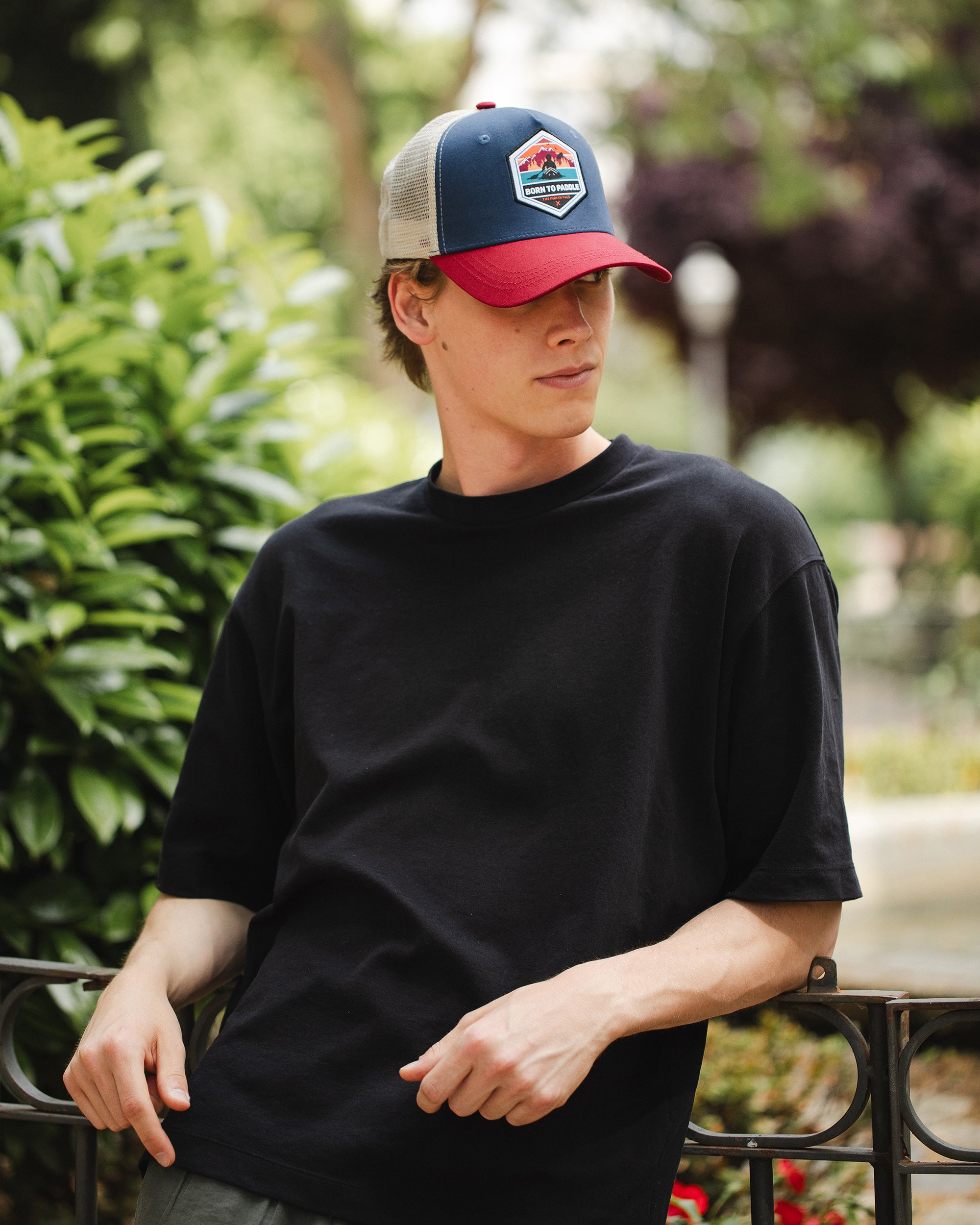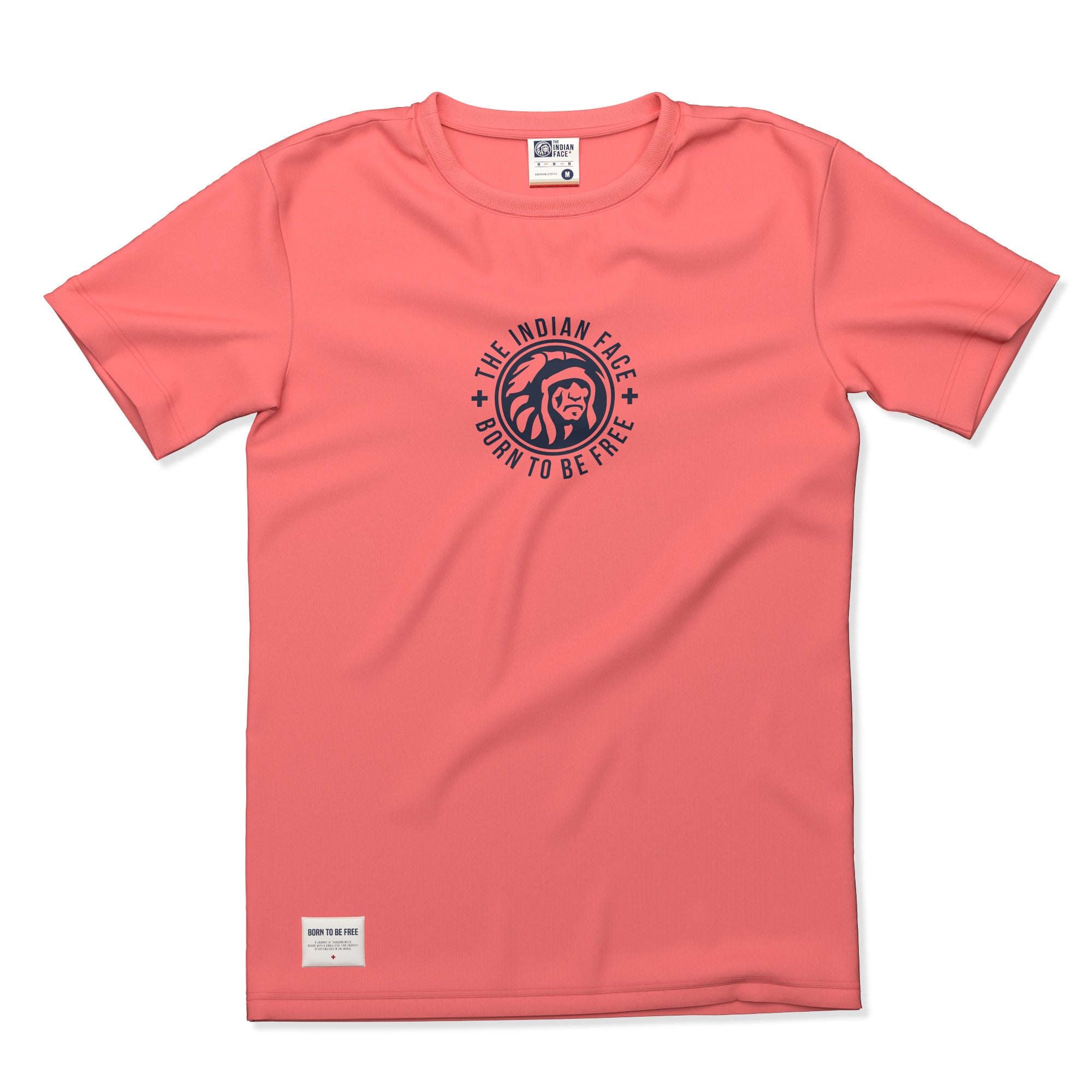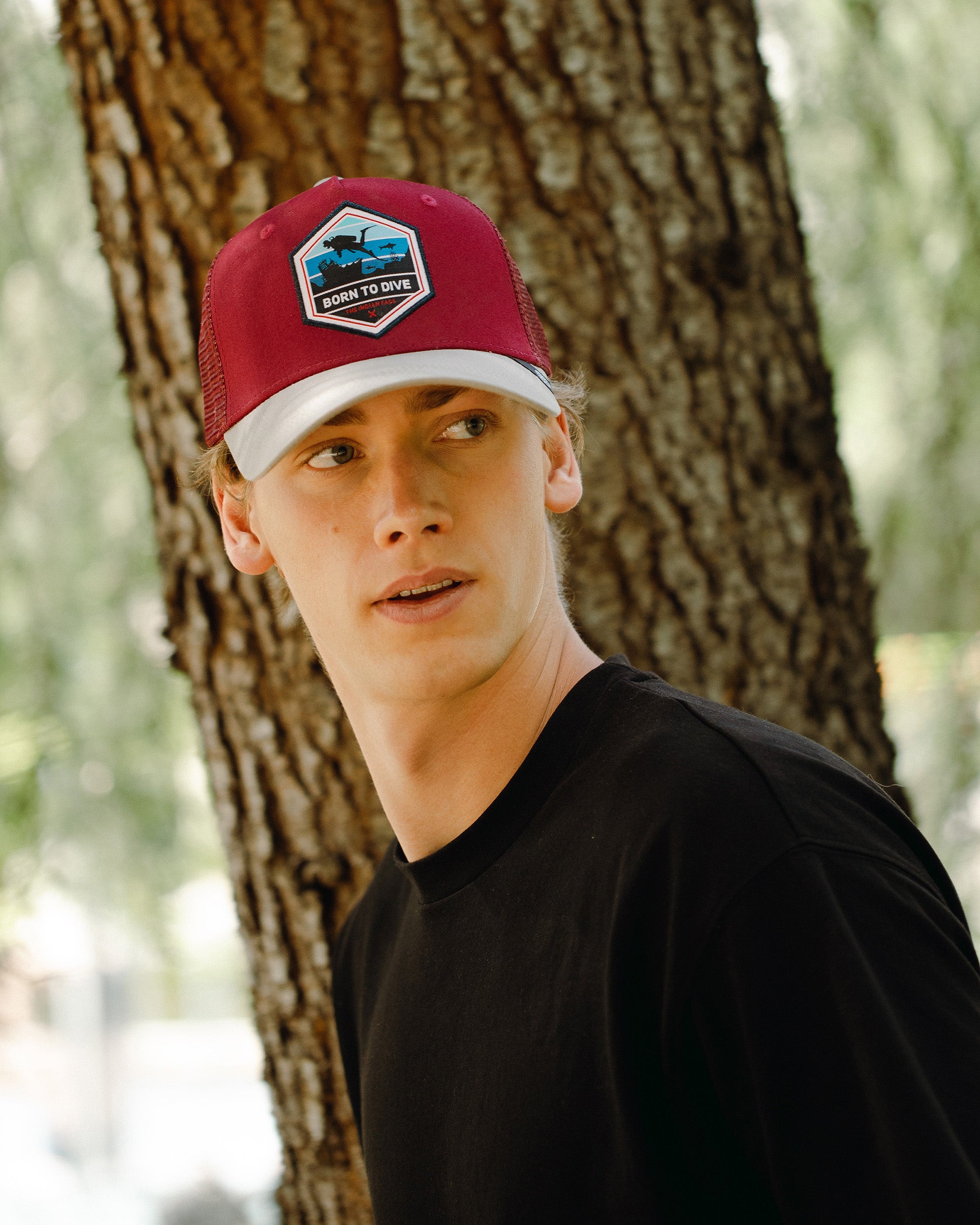We are going to try to tell you a little about what the old snakeboard is, now called streetboard.
It is an articulated skate consisting of two moving parts, which go under the feet, and can rotate up to 290º (depending on the type of kingpin and bar used), joined by a board or a bar.
To move with it, you have to move your feet inwards and outwards, and at the same time move your shoulders in the same direction, keeping your torso and waist straight. This movement produces a kinetic that allows you to slide up to 35 km/h on a flat surface. This movement is reminiscent of that of a snake in the desert, hence its name.
* In 2000, the WSA (World Streetboard Association) changed the name of the sport because Snakeboard is a registered trademark that belonged to the monopoly of the initial manufacturer. The new name also came with the appearance of the AS1 boards from Dimension Boards that made the sport evolve rapidly.
Streetboarding
Streetboarding or Snakeboarding is a sport that is practiced with a streetboard on sports facilities designed especially for this purpose. The set of these facilities is called a Skatepark. It can also be practiced on the street, in places where by chance the street furniture resembles modules of a Skatepark. Depending on the modality, it can also be practiced in a race.
It was invented in 1988 by James Fisher, Oliver Macleod-Smith and Simon Macleod King in Johannesburg, South Africa. They both grew up there and went to university together. At the age of 19, seeking to simulate the feel of sports such as Surfing, Snowboarding, Skiing, Skateboarding, Longboarding etc. they built many prototypes which broke after the first attempts.
The first prototype was built with a plastic tube for the bar, pieces of a table tennis board for the plates and parts of old skates for the axles and wheels.
Real Street
It is practiced on the street (see Real Street) or in an area with facilities designed for this purpose: funbox, launch ramps, quarterpipes, wallrides or any type except mini ramp and half pipe. World competition modality.
It is practiced in a double U-shaped facility with a curve that does not reach 90º at its upper vertex. It is usually no higher than 2 meters in height. It is a world competition modality.
It is practiced in a U-shaped facility with a curve that reaches 90º at its upper vertex between 10 cm and 100 cm of wall, usually 3 or more meters high. World competition modality.
In any type of facility, it is about doing the best trick, either by technical difficulty or by technical difficulty and risk (the latter being more valued). World competition modality.
It is usually practiced in a mountain pass and the goal is to be the first to reach the foot of the mountain.
It is practiced on a circuit with obstacles, curved slopes and jumps.
Cone circuit, the idea is to get there first without moving any.
In 1993, Streetboard arrived in Spain at Reacció Sports through Enric Meier and began to be marketed from Barcelona to all of Spain and the peninsula.
In 1995 the first team made up of Spanish riders was created and the first regional championships and shows began.
From 1997 to 2000 streetboarding declined because the two biggest brands: Snakeboard USA, and then Anderson Boards went bankrupt.
From 2000 onwards, Sergi Nicolas took charge of its distribution. In October 2002, together with Gabi Muñoz and Yago Ferrer, they founded ONLYSTREET: the first streetboard school. This news spread around the world and greatly encouraged the community.





